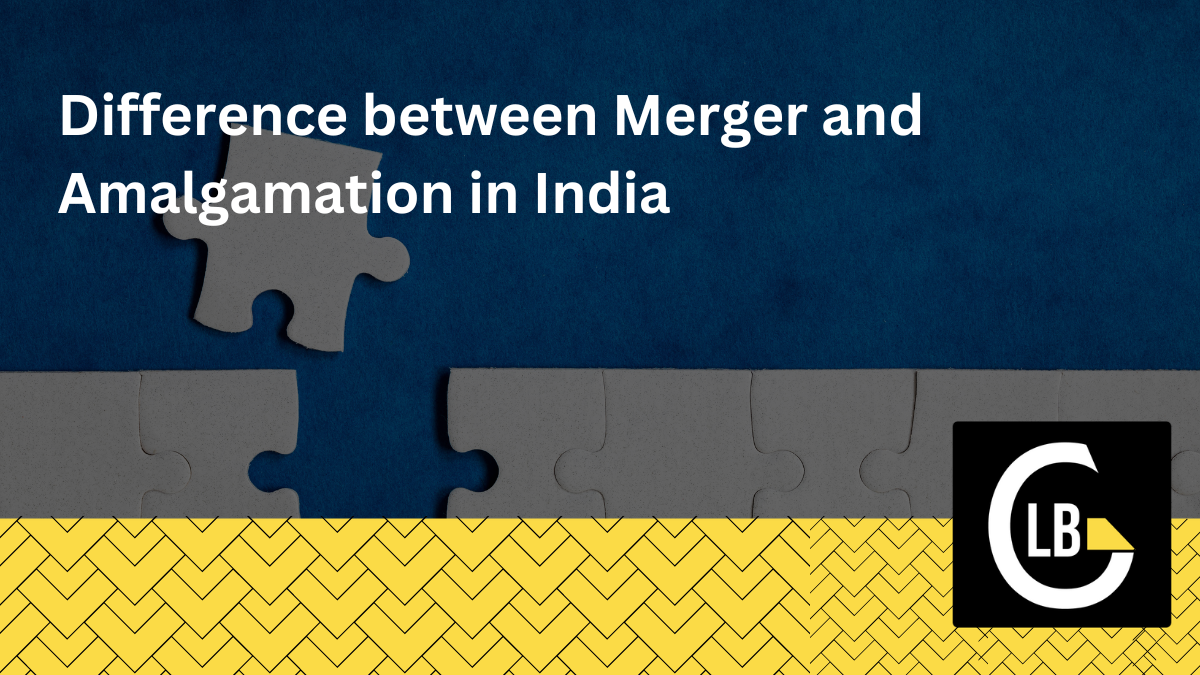Both merger and amalgamation are ways in which companies can combine, but they have distinct legal and procedural differences in India.
Merger
A merger is the combination of two or more companies into one, where one company survives, and the others cease to exist. The assets, liabilities, and businesses of the merging companies are transferred to the surviving company. In a merger:
- One company continues, and the other(s) are absorbed.
- Shareholders of the absorbed company receive shares in the surviving company.
- The surviving company inherits all legal rights, liabilities, and obligations of the absorbed entities.
- Mergers can happen through court or board approvals, depending on the scale and type (voluntary or compulsory).
Amalgamation
Amalgamation is broader than a merger and refers to the process where two or more companies combine to form a completely new entity. In this scenario:
- A new company is created, and the existing companies cease to exist.
- The new company takes over all assets, liabilities, and operations of the amalgamating companies.
- Shareholders of the old companies receive shares in the new entity.
- Amalgamation is generally used in larger-scale combinations, often involving more complex legal structures.
Key Differences Between Merger and Amalgamation in India
| Feature | Merger | Amalgamation |
| Entity Structure | One company absorbs the others, and only one survives. | A completely new entity is formed, and all previous companies cease to exist. |
| Legal Identity | The absorbed companies lose their identity; the absorbing company continues. | Both companies lose their identity and are replaced by a new company. |
| Shareholders | Shareholders of the absorbed company receive shares in the surviving company. | Shareholders of the amalgamating companies receive shares in the new entity. |
| Nature of Transfer | Transfer of assets, liabilities to the surviving company. | Transfer of assets, liabilities to the new company formed. |
| Regulatory Framework | Governed by provisions of the Companies Act, 2013, and SEBI guidelines. | Governed under similar frameworks but often involves more legal scrutiny due to the creation of a new entity. |
Conclusion
In India, while both mergers and amalgamations serve the purpose of corporate restructuring, a merger involves one company absorbing another, whereas an amalgamation leads to the formation of a completely new company. Understanding these distinctions is crucial for companies aiming for consolidation, as each process has its own legal and financial implications.
